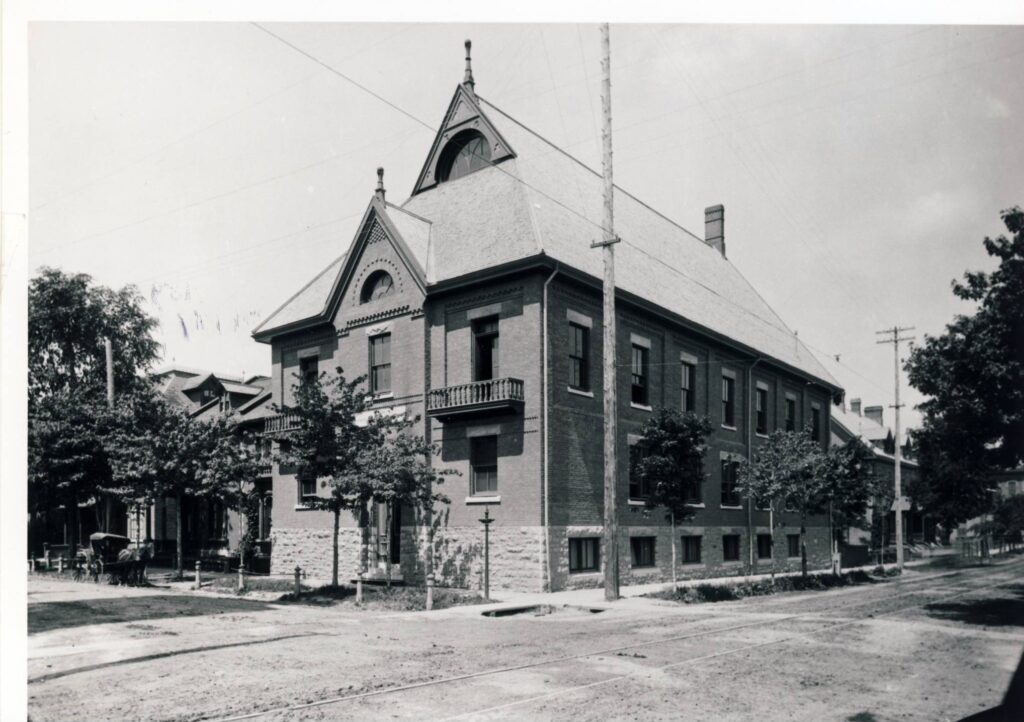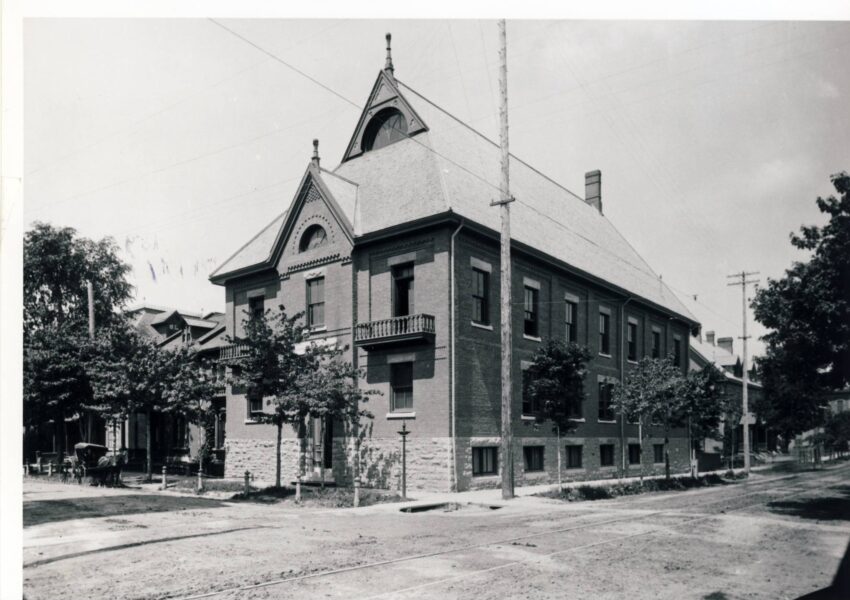On a brisk morning in February 1884 under a blue sky in Montreal, the Ottawas, for the first time as a representative team, took to the hard, clear ice of the McGill College grounds. Wearing red and black striped jerseys and caps and dark knickerbockers (breeches gathered in at the knee), they felt a surge of pride in their team identity.
And while they wore the red and black for those first matches in 1884, they did briefly switch to gold and blue in 1885; but it was their affiliation with the Ottawa Amateur Athletic Club (OAAC) that officially returned them to their original colours.
Modeled organizationally after the successful Montreal Amateur Athletic Association, the OAAC was to support itself through membership fees and fundraising events. It would provide gymnastic activities, billiards and other games, and would serve as an umbrella body for the city’s major sports teams. The Ottawa Hockey Club would be the first of these “connected clubs” and thus the first representative team from Ottawa to wear the red, black, and white.
The Constitution and By-laws of the Ottawa Amateur Athletic Club states:
Article III. Colors, Uniform and Badge
Sec. 1. The colors of the Association shall be red, black and white.
Sec. 2. The uniform of the Association shall consist of a white jersey, trimmed with black with the winged-legs worked in on the brest, white knee breeches and black stockings.
Sec. 3. The badge of the Association shall be three winged- legs red and black on a white ground.

The Ottawa Amateur Athletic Club (OAAC), at the intersection of Maria and Elgin Streets, was the Ottawa Hockey Club’s first intuitional home. Visitors to Ottawa today will find neither the club nor Maria Street. The former is now the Lord Elgin Hotel; the latter is Laurier Avenue. PHOTO: LIBRARY AND ARCHIVES CANADA PA27272.
Source:
Kitchen, Paul. Win, Tie, Or Wrangle: The Inside Story of the Old Ottawa Senators, 1883-1935. Manotick: Penumbra Press, 2008.
